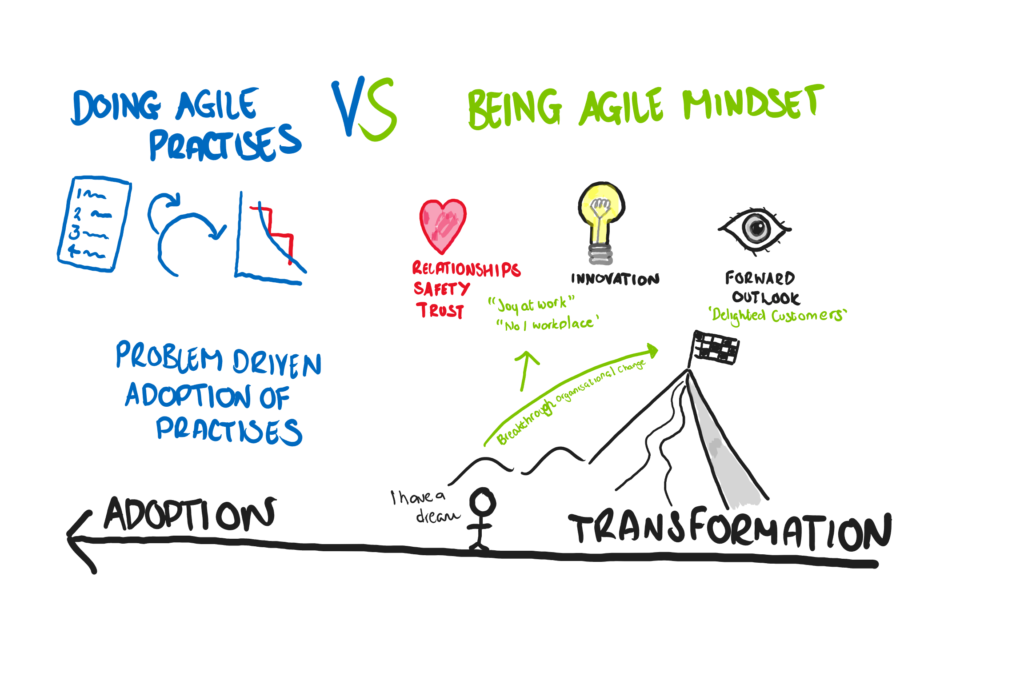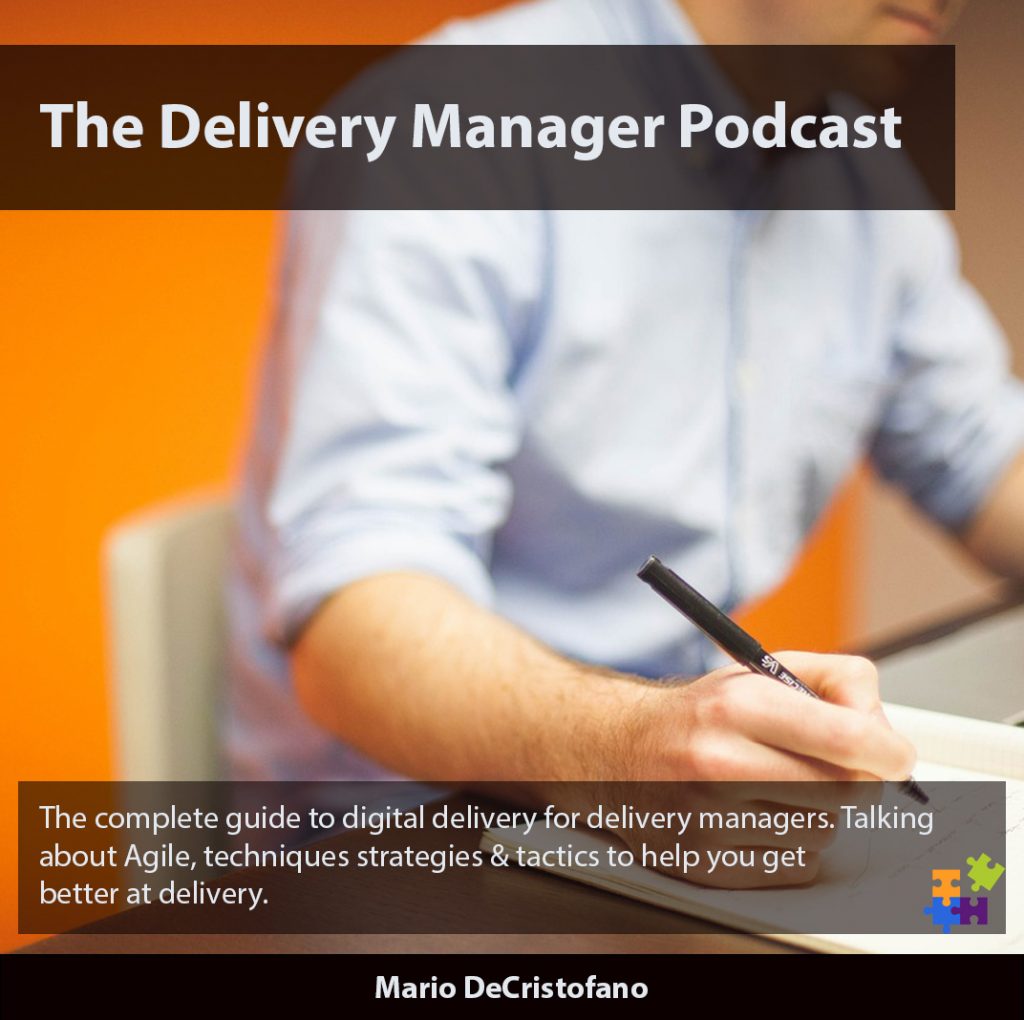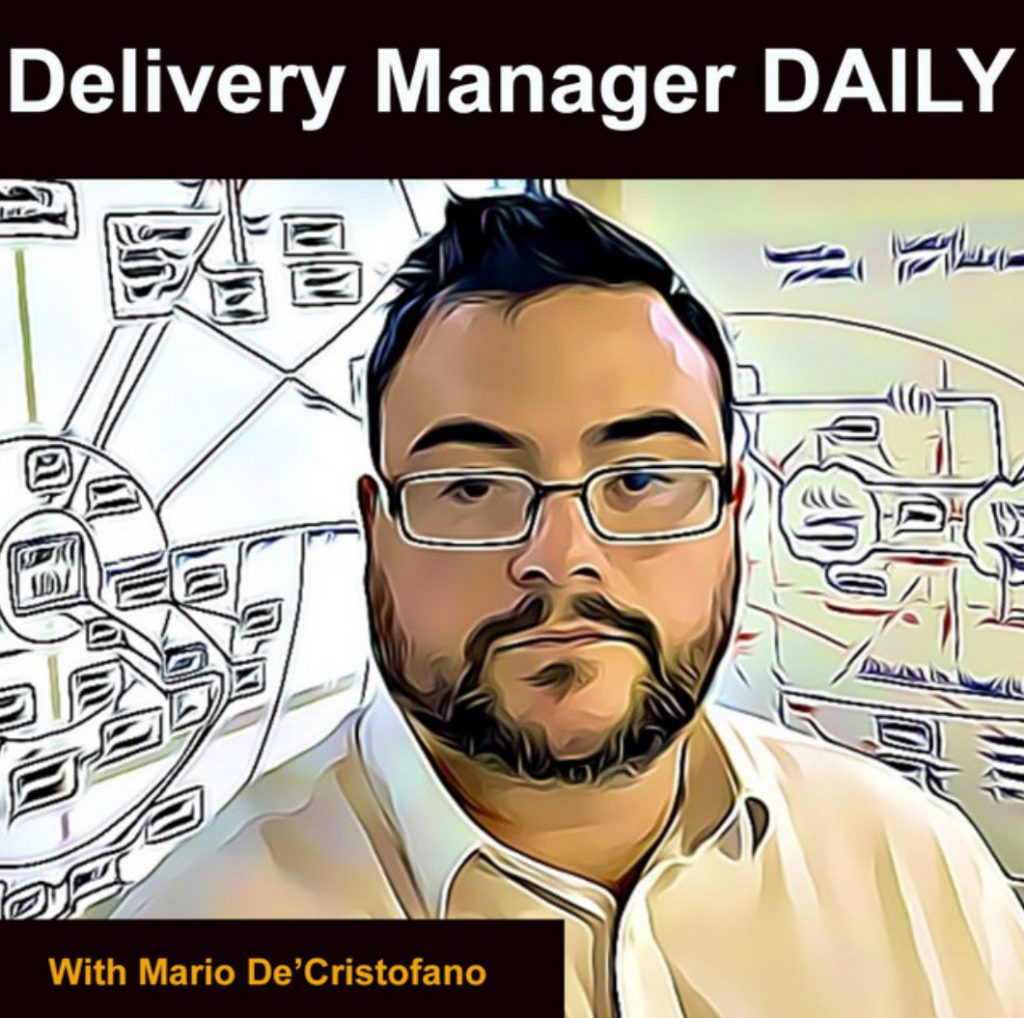In today’s fast-paced digital world, where change is the only constant, Agile Delivery stands out as a beacon of adaptability and efficiency. Agile, a methodology that originated in software development, has rapidly become a universal language in project management, transcending industries and reshaping how teams collaborate and deliver results. This blog post delves into the essence of Agile Delivery, offering insights, strategies, and best practices to harness its full potential.
The Agile Manifesto: More Than Just Words
The Agile Manifesto, the cornerstone of Agile methodology, was crafted by a group of forward-thinking software developers in 2001. It prioritizes individuals and interactions over processes and tools, working software over comprehensive documentation, customer collaboration over contract negotiation, and responding to change over following a plan. These core values underscore the fundamental shift from traditional, rigid project management to a more fluid, responsive approach.
Why Agile? Understanding Its Core Benefits
- Flexibility and Adaptability: Agile thrives on change, making it ideal for projects where requirements evolve.
- Customer-Centric Approach: Regular feedback loops with stakeholders ensure that the final product aligns with customer needs.
- Enhanced Collaboration: Agile fosters a team-centric environment, encouraging continuous communication and collective accountability.
- Faster Time to Market: By breaking projects into smaller, manageable increments, Agile enables quicker releases and faster delivery.
- Continuous Improvement: Regular retrospectives are a staple of Agile, promoting constant refinement of both product and processes.

Agile Frameworks: Scrum, Kanban, and Beyond
While Agile is a philosophy, its application comes in various frameworks, each with its unique strengths:
- Scrum: Characterized by fixed-length iterations (sprints), Scrum emphasizes iterative delivery and constant feedback. It’s ideal for projects where priorities might shift rapidly.
- Kanban: Focusing on continuous delivery, Kanban is about visualizing work, limiting work in progress, and maximizing flow. It suits teams looking for flexibility without the structure of sprints.
- Other Frameworks: From Extreme Programming (XP) to Lean Software Development, each Agile framework offers a different lens through which to view Agile principles.
Implementing Agile: Practical Tips and Strategies
- Embrace the Agile Mindset: The shift to Agile is as much about mindset as it is about practice. Teams must internalize the values of collaboration, flexibility, and customer focus.
- Start Small: Begin with a pilot project. This allows teams to adapt to Agile principles in a controlled environment.
- Continuous Training and Coaching: Agile is a journey, not a destination. Ongoing training and coaching are crucial for teams to stay abreast of best practices.
- Empower Teams: Agile teams thrive on autonomy and empowerment. Trust them to make decisions and self-organize.
- Focus on Customer Feedback: Regularly engage with customers and stakeholders to ensure the product meets their needs and expectations.
- Use the Right Tools: Agile project management tools like Jira, Trello, or Asana can help in visualizing workflow, tracking progress, and facilitating collaboration.
Challenges and Pitfalls in Agile Delivery
While Agile offers numerous benefits, it’s not without challenges:
- Resistance to Change: Cultural resistance can be a significant barrier. It’s crucial to address concerns and demonstrate the value of Agile.
- Lack of Commitment: Agile requires commitment from all levels of an organization. Half-hearted implementation can lead to failure.
- Overemphasis on Tools: Tools should aid Agile practices, not dictate them. The focus should always be on the team and the work, not the tool.
- Neglecting Technical Excellence: Agile’s speed shouldn’t come at the cost of quality. Technical excellence is a key pillar of sustainable Agile practices.
Agile in the Real World: Case Studies
- Spotify: Spotify’s unique approach to Agile, involving squads, tribes, chapters, and guilds, has made it a paragon of Agile success, fostering innovation while maintaining scalability.
- IBM: IBM’s transition to Agile demonstrates how large organizations can embrace Agile to stay competitive in the rapidly evolving tech landscape.
Conclusion: The Agile Journey Ahead
Agile Delivery is more than a methodology; it’s a mindset that requires patience, commitment, and continuous learning. As we embrace this journey, the focus should remain on the core principles of Agile – delivering value to customers, fostering team collaboration, and responding to change with agility. In the ever-evolving landscape of project management, Agile stands as a versatile and robust framework, capable of navigating the complexities of modern business environments.



Leave a Reply